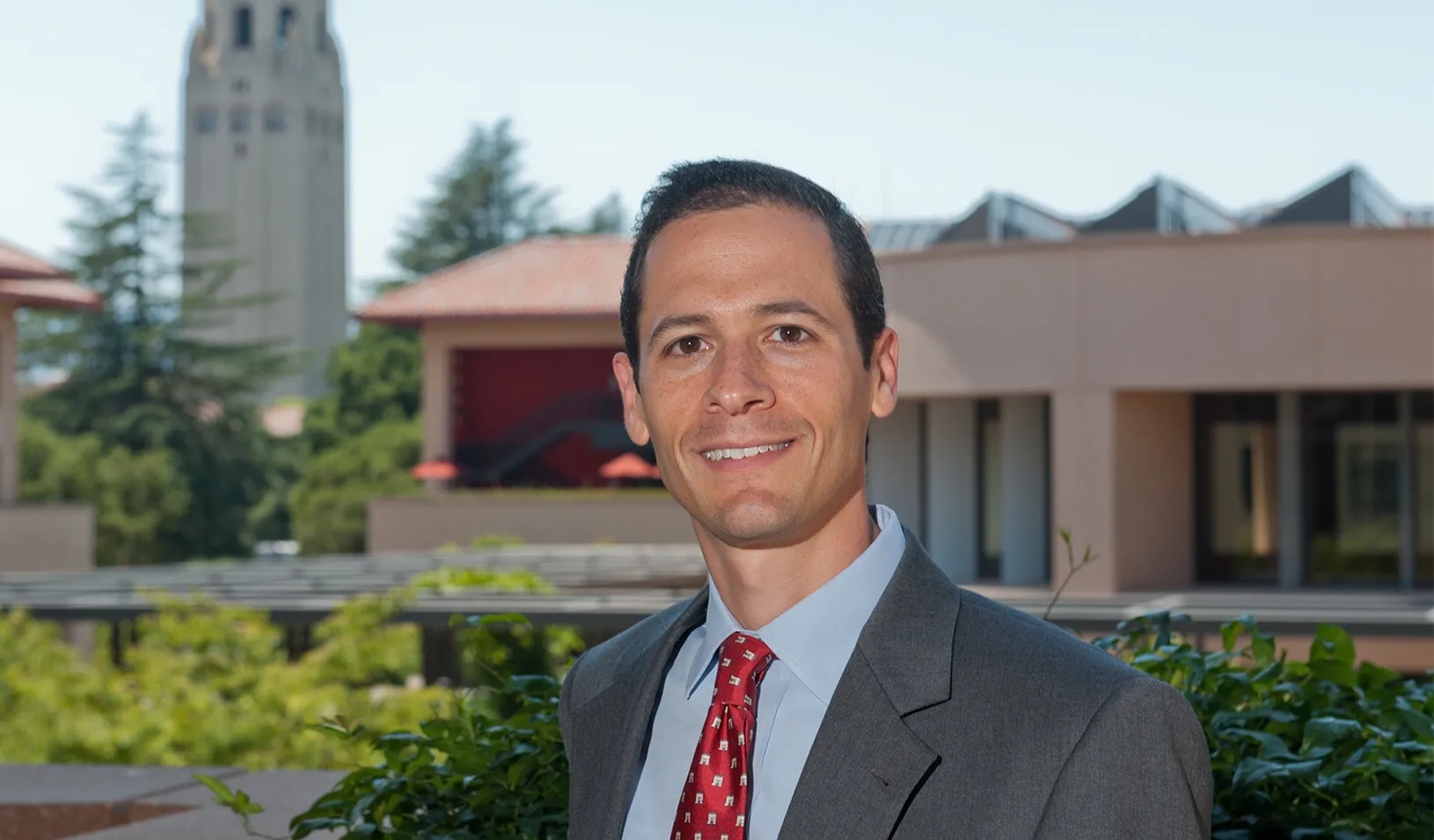Learn About Stocks and Bonds Investing in Free Online Course
Self-paced course taught by Stanford GSB finance expert Josh Rauh focuses on how to make smart decisions as an investor.
October 13, 2014

Stanford GSB Finance Professor Joshua Rauh | Stanford/Steve Castillo
With the stock market slumping since mid-September, investors are once again left with the perplexing problem of how to understand the relationship between stocks, bonds, and global economics as they look at keeping their investment portfolios balanced. In an effort to share more broadly the dynamics behind investment, the Stanford Graduate School of Business has launched a free, self-paced online course open to anyone called “Stocks and Bonds: Risks and Returns”.
Led by Finance Professor Joshua Rauh, the course focuses on the finance fundamentals behind stocks and bonds, as well as how to make smart decisions as an investor. Prospective participants may find more information, including a video overview, and register for the course online.
“Stocks and bonds have always been a critical part of any investment portfolio, and my goal is to help people understand how they work so they can make better decisions about how to invest their assets,” says Rauh, whose research on public pensions has received academic honors and national media attention. “Participants will learn how stocks and bonds are valued, what tradeoffs to make when investing in these instruments, and what they’re really getting when they invest.”
Content covered by Rauh during the course will include an overview of the bond market, with special attention to corporate and municipal bonds; interest rates and their impact on the valuation of treasury bonds; the fundamentals of the stock market; and an analysis of how to make smart decisions as an investor. He explains that the course will be useful to individual investors, as well as those considering a career in finance or individuals interested in how financial markets work.
Short lecture videos will introduce key financial concepts, followed by practice exercises to reinforce them. Altogether, the course consists of five sections, each of which contains approximately 45 minutes of video content and one to two hours of practice exercises. Since the course is self-paced, participants can take as much time as necessary to complete the work. Finally, a recorded panel discussion featuring Nobel Prize-winning economist William Sharpe will delve into greater detail about asset management.
Educational Technology at Stanford
This massive open online course is part of a larger Stanford Graduate School of Business (GSB) initiative to use technology to extend its expertise beyond its physical campus, as well as enhance the on-campus learning experience. This fall, Stanford GSB faculty are also offering a massive open online course called “Scaling Up Your Venture Without Screwing Up,” led by Huggy Rao and Robert Sutton.
Other offerings include certificate program that rely extensively on the use of online and distance education technologies. Stanford Ignite, is a part-time program for nonbusiness, technical professionals interested in commercializing an idea or moving an idea forward. It is an in-person program that employs high-definition distance education technologies to beam Stanford faculty into global locations including Bangalore, Paris, Santiago, and Beijing.
For media inquiries, visit the Newsroom.
Explore More
Raj Tilwa, MBA ’24: Targeted Heating Systems to Help Cool the Planet

“Titan” of Accounting, William Beaver, Dies at Age 84

Stanford GSB Professor Susan Athey Receives the R.K. Cho Award
